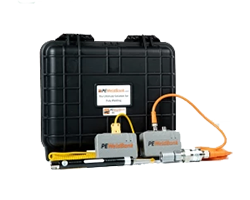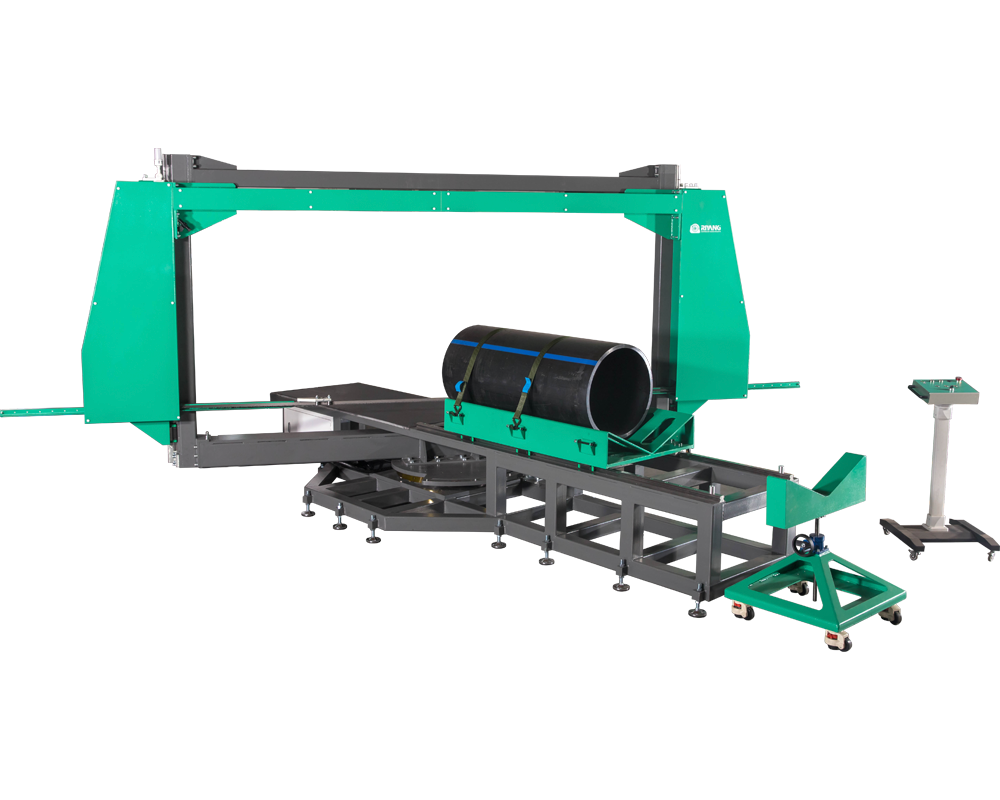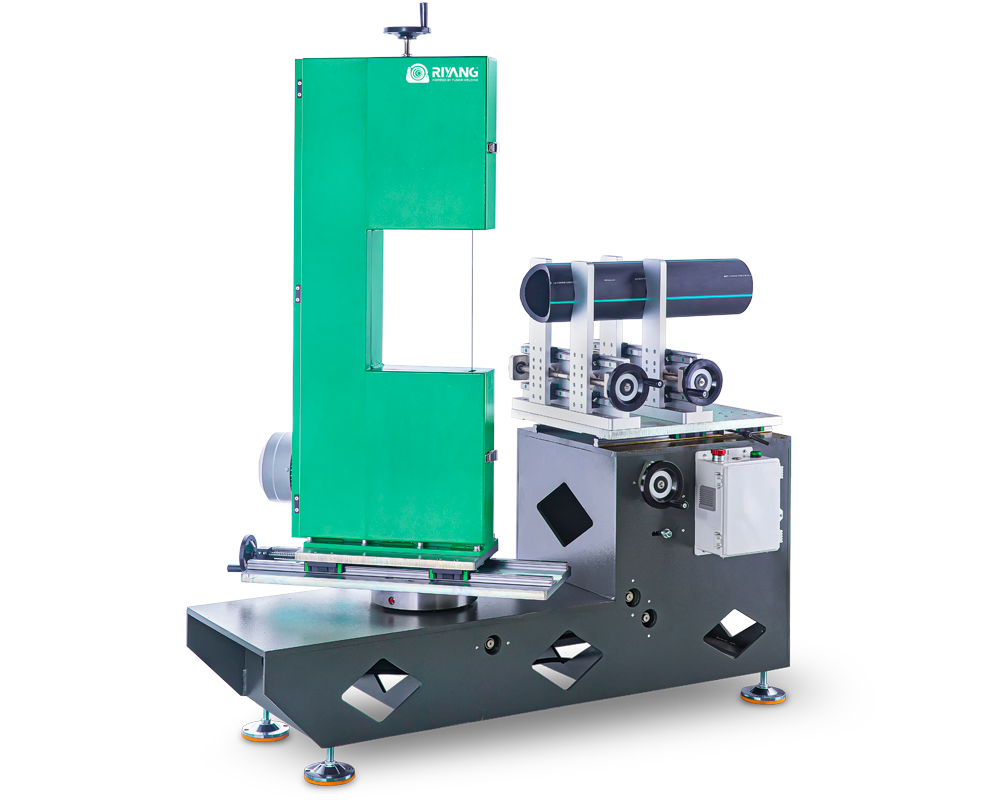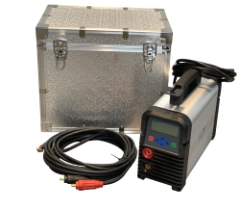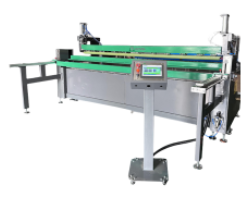Mastering Your Investment: Key Factors Influencing Butt Fusion Machine Price and Optimal Selection
Mastering Your Investment: Key Factors Influencing Butt Fusion Machine Price and Optimal Selection
Butt fusion welding stands as a cornerstone method for creating robust, leak-proof connections in large-diameter thermoplastic piping systems, widely utilized across diverse industries from water supply and gas distribution to mining and marine applications. The reliability and longevity of these critical infrastructures heavily depend on the performance of the butt fusion machines used. However, navigating the market to procure the ideal machine involves more than just comparing price tags. A multitude of factors contribute to both the cost and the suitability of a butt fusion machine for a specific application. This guide will meticulously break down these influencing elements, empowering you to make a strategic investment that aligns with your operational needs and budget.
Understanding Butt Fusion Technology
Butt fusion is a thermoplastic welding process that involves heating the ends of two pipes or fittings to a molten state using a heated plate, removing the plate, and then bringing the molten surfaces together under controlled pressure to form a homogeneous bond. This method produces strong, durable, and virtually leak-free joints, essential for high-pressure and critical infrastructure applications. The core principle revolves around precise control over temperature, pressure, and time, ensuring molecular entanglement and a solid fusion bond.
The Core Purpose: Why Butt Fusion?
Butt fusion machines are indispensable for large-scale projects requiring the joining of PE, PP, and PVDF pipes, among other thermoplastics. They are particularly favored for their ability to create strong, consistent joints for pipes of the same diameter and material, making them ideal for long pipelines in various terrains. Compared to alternative methods like electrofusion, butt fusion often offers a faster and more cost-effective solution for larger pipe sizes and extensive projects, providing robust and reliable pipe joints.
Key Factors Influencing Butt Fusion Machine Price
The price of a butt fusion machine can vary significantly, ranging from under a thousand dollars for basic manual models to tens of thousands for advanced, fully automatic systems. This wide range is primarily driven by several critical design and feature considerations.
Automation Level (Manual, Semi-Automatic, Automatic)
One of the most significant price differentiators is the machine's level of automation. Manual butt fusion machines are typically the most budget-friendly, requiring operators to manually control alignment and pressure. Semi-automatic machines offer a balance, automating some processes while retaining operator input. Fully automatic machines, representing the higher end of the price spectrum, automate the entire welding cycle, from heating and pressure application to cooling, significantly reducing human error and operator skill dependency. While manual machines are cost-effective for small-scale projects, automatic models offer higher efficiency and consistency for large-scale installations.
Pipe Diameter Range and Capacity
The size of pipes a machine can accommodate directly impacts its complexity and price. Machines designed for smaller pipe diameters (e.g., 20mm to 160mm) are generally less expensive than those built for medium (160mm to 315mm) or large (315mm to 1200mm and above) diameters. The greater the welding capacity, the more robust and powerful the machine components need to be, leading to increased manufacturing costs and, consequently, a higher selling price.
Brand Reputation and Technology
Established brands with a long history of innovation and reliability often command higher prices due to their proven track record, quality assurance, and investment in research and development. Brands like McElroy, Ritmo, and Leister are renowned for their high-quality and reliable butt fusion machines, often integrating advanced technology and features that justify their premium pricing. Newer, less-established brands might offer more competitive pricing but may not have the same level of proven durability or widespread technical support.
Performance Parameters: Impact on Cost and Quality
Beyond basic functionality, the precision and control offered by a butt fusion machine's performance parameters directly contribute to its cost and, more importantly, the quality of the welds.
Temperature Control and Heating Speed
Accurate temperature control is paramount for successful butt fusion. Machines with highly precise temperature control systems ensure consistent melting of pipe ends, crucial for weld quality. Advanced models often feature digital controls and AI-based temperature regulation for real-time adjustments, which are more expensive but enhance accuracy and optimize results. Efficient heating speed also impacts project efficiency, indirectly affecting overall cost by reducing labor time.
Welding Pressure Control
The ability to apply and maintain precise welding pressure is another critical factor. Hydraulic pressure control systems ensure uniform force application, preventing over- or under-compression that could weaken the weld. Machines with sophisticated pressure gauges and closed-loop control systems offer superior weld integrity but come at a higher cost.
Durability, Portability and Construction Quality
Butt fusion machines, especially those used on demanding construction sites, need to be robust. The quality of materials and construction significantly influences both the machine's durability and its price. A lighter, more robust frame designed for frequent movement between sites might be more expensive upfront but offers long-term benefits in terms of transportability and longevity. Weather-resistant and dustproof designs are also crucial for harsh environments.
After-Sales Service and Technical Support: A Hidden Cost Factor
While not a direct component of the machine's initial price, the availability and quality of after-sales service, including spare parts, warranty, and technical support, are crucial considerations. Choosing a brand that provides comprehensive technical support and readily available parts can save significant long-term costs associated with downtime and repairs. A machine with a lower upfront cost but poor support can quickly become a liability.
Project Scale and Application Requirements
The size and complexity of your projects should heavily influence your selection. For smaller, occasional jobs, a manual or semi-automatic machine might suffice, offering a lower entry cost. However, for large-scale, high-volume projects where speed, consistency, and precision are paramount, investing in a fully automatic, high-capacity machine with data logging capabilities becomes essential.
Long-Term Operational Costs vs. Initial Investment
When evaluating price, it's crucial to consider the total cost of ownership, not just the purchase price. Long-term usage costs include energy consumption, maintenance, and the cost of replacing accessories and spare parts. A more expensive, energy-efficient machine with lower maintenance requirements can prove more economical over its lifespan. The saying “you get what you pay for” often holds true in this industry; compromising too much on quality for a lower price can lead to higher operational costs and compromised weld quality.
The Role of Digitalization and Data Logging
Modern butt fusion machines increasingly feature digital controls, onboard diagnostics, and data logging capabilities. These features allow for real-time monitoring of welding parameters, automated reporting, and traceability of joints—essential for quality control and compliance in critical projects. While these advanced features add to the machine's cost, they provide invaluable benefits in terms of quality assurance, reduced human error, and project documentation.
Market Trends and Future Innovations
Staying abreast of market trends can also influence selection and pricing. The global butt fusion welding machine market is projected to grow, with hydraulic butt fusion machines being a significant segment. Advancements in automation, smart controls, and eco-friendly designs are continually being integrated. Investing in a machine that incorporates newer technologies can offer future-proofing and improved efficiency.
Making an Informed Decision: A Checklist
To simplify your selection process, consider the following checklist before finalizing your butt fusion machine purchase:
| Factor | Consideration Points |
|---|---|
| Project Scope | Small, medium, or large scale? Frequency of use? |
| Pipe Compatibility | Required pipe diameter range, material type (HDPE, PP, PVDF)? |
| Automation Needs | Manual, semi-automatic, or fully automatic? Skill level of operators? |
| Performance | Criticality of precise temperature/pressure control? Desired heating speed? |
| Durability & Portability | Job site conditions (harsh environment)? Need for frequent transport? |
| Brand & Support | Reputable brand? Availability of spare parts? Quality of after-sales service/warranty? |
| Budget | Initial cost vs. long-term operational costs (energy, maintenance, repairs)? |
| Technology | Need for data logging, digital controls, advanced diagnostics? |

Source: (Image Placeholder)
Conclusion
Selecting a butt fusion machine requires a holistic approach that goes beyond just the immediate price. By carefully evaluating factors such as automation, pipe capacity, brand reputation, critical performance parameters, durability, and the crucial element of after-sales support, you can ensure a wise investment. The right machine will not only provide robust, long-lasting pipe connections but also enhance project efficiency, reduce operational costs, and uphold the highest standards of quality and safety, ultimately contributing to the success and longevity of your infrastructure projects.




